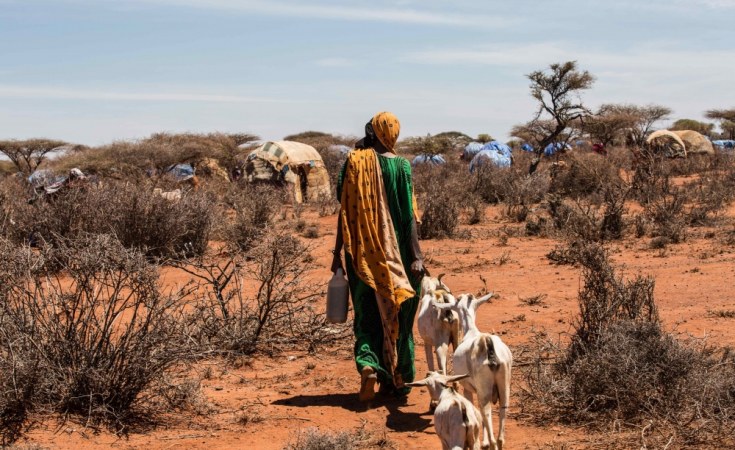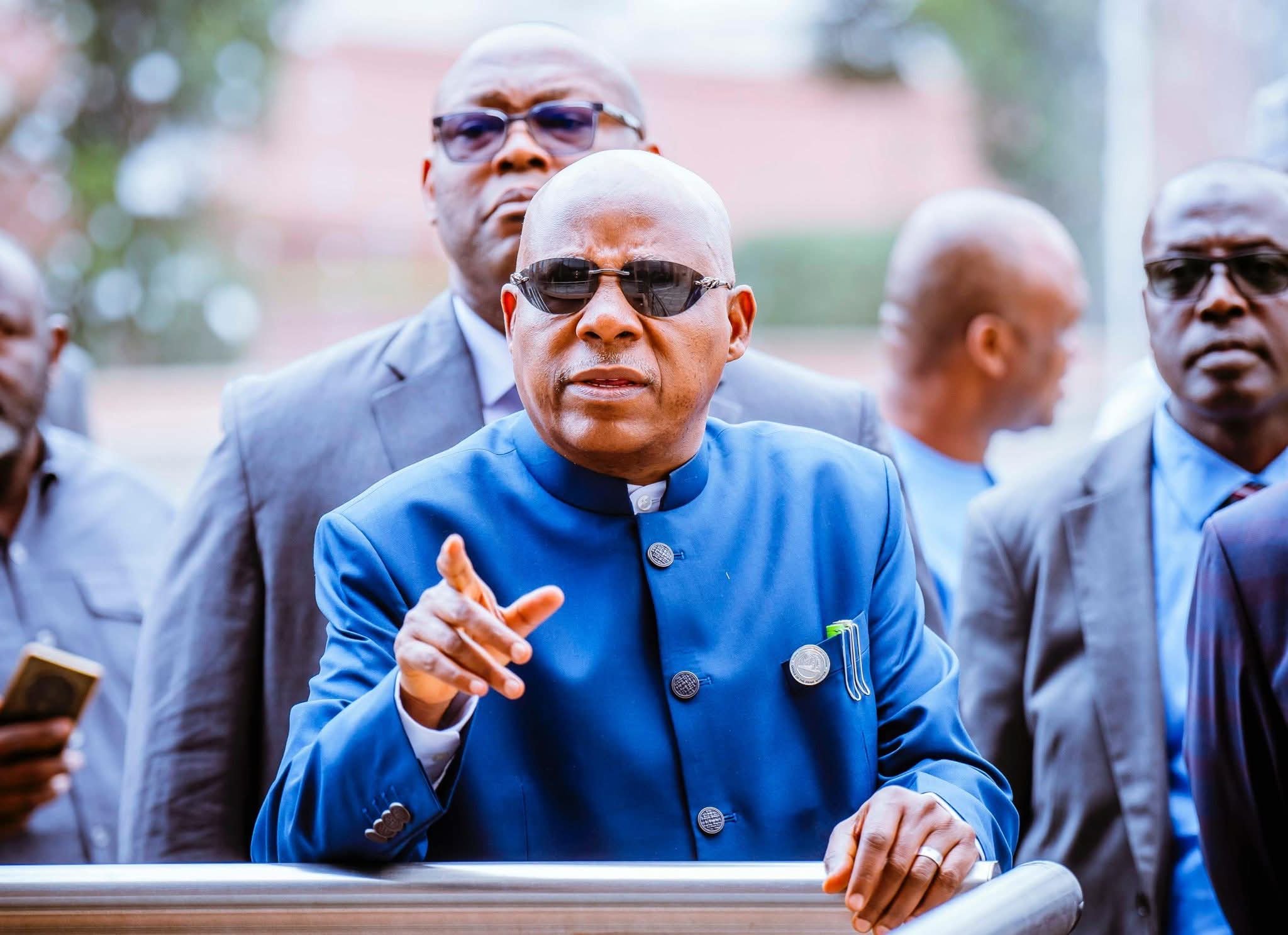The Great Green Wall: Will Africa Meet its Ambitious 2030 Goal?

With its 2030 deadline approaching, the Great Green Wall initiative has sparked renewed debates over the possibility of it's completion within the specified time frame.
As at 2025, reports indicate only 18% of the project has been achieved. For an initiative that started with so much momentum and international support, questions are being asked — what happened to Africa's ambitious plan to halt desertification in Sub-Saharan Africa?
THE GREAT GREEN WALL INITIATIVE
For decades, rising temperatures caused by climate change have been sweeping the desert sands southwards, threatening ecosystems and the livelihood of those beyond the Sahara. To combat this, the African continent came up with an exceptional idea — The Great Green Wall.
The Project, launched in 2007 had a simple vision — to extend trees like a belt across the Sahel region, from Senegal in the West to Djibouti in the East, by 2030. The idea was striking in its ambition: African Countries were to plant trees in a nearly 5,000-mile line spanning the entire continent, creating a natural barrier to hold back the Sahara Desert as climate change swept the sands south.

Originally envisioned as a barrier for desertification, the Great Green Wall initiative expanded it's scope as a broader effort to support Agriculture, Pastoralism and Forest Restoration benefitting countries at the edge of the Sahara Desert, like Ethiopia, Mali and Sudan.
Following it's Inception, the GGW initiative gained immense recognition and support from African and international countries. To further this initiative, the European Union and the United Nations Food and Agriculture Organization, in collaboration with African and other regional partners in 2014, launched the Action Against Desertification program to build on the GGWSSI. Also, Nigeria created an interim agency to support GGW development.
By March 2019, 15% of the wall was complete with significant gains made in Nigeria, Senegal and Ethiopia. In Senegal, over 11 million trees had been planted. Nigeria has restored 4.9 million hectares of degraded land and Ethiopia has reclaimed 15 million hectares, marking a significant, though uneven milestone towards the initiative's success.
PROGRESS FAR BEHIND SCHEDULE
Unfortunately, the momentum of the Great Green Wall Initiative only survived it's initial years, as the years that followed weren't as productive as much of Africa had anticipated.
Almost two decades later, recent reports (2025) provides that 18 million hectares restored so far, which is only 18% of the initiative's goal.
Abdoulaye Donwahi, who serves as president of the U.N. summit on desertification described the dire situation. According to him "It is an understatement to stress that we are not in line with our common objective to complete by 2030".
"The project faces substantial challenges, primarily in terms of financing and implementation, and with no centralised monitoring strategy, coordinating the work across the 11 African countries involved has been especially challenging," Donwahi added.
For Senegal, the downturn in participation and results have been disturbing. Recent assessments reveal that many of the planted trees in northern Senegal are failing to thrive due to inadequate irrigation, poor maintenance, and inconsistent monitoring.
While the initiative has delivered some short-term social and economic benefits, such as job creation and increased community engagement, the Senegalese report that the ecological impact remains limited. They acknowledge that the survival rate of trees is alarmingly low, undermining the long-term sustainability of the project.
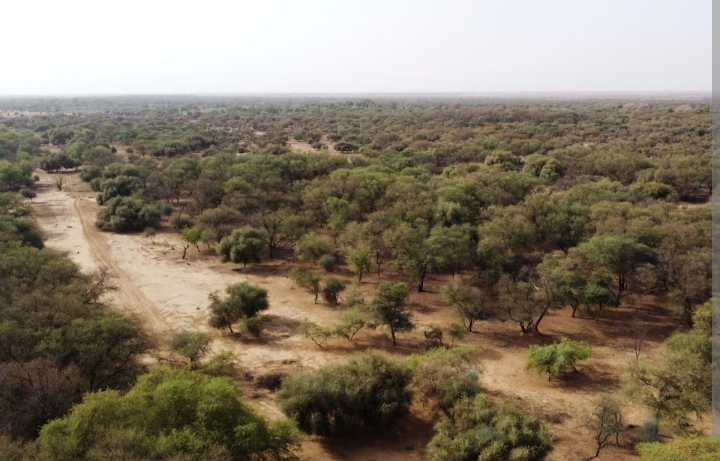
Much of these issues have, however, been attributed to poor funding. At the 2021 One Planet Summit in France, world leaders pledged $19 billion to support the initiative. However, by May 2025, only $2.5 billion had been disbursed—a stark shortfall that has left project leaders scrambling for solutions.
It is unclear where the project will get the remaining billions needed to get back on track. Donwahi said more investment would be needed from international donors, the private sector and Green Wall countries themselves.
GOVERNANCE AND CORRUPTION CHALLENGES
While funding still remain a major issue in attaining this goal by 2030, Governance and Mismanagement issues have also altered the Green Wall's progress. This initiative involves 11 countries each with its own administrative policies, structures and level of capacity, and this has made coordination much more difficult.
Without a centralised monitoring system, tracking progress and ensuring accountability has been difficult, allowing inefficiencies and mismanagement to persist.
As of 2023, the Great Green Wall was reported to be facing the risk of collapse due to political instability in the region, absence of political leadership, and insufficient funding.
According to Issa Garba, an environmental activist from Niger, described the 2030 goal as unattainable saying "The Sahel countries have not allocated any spending in their budgets for this project. They are only waiting on funding from abroad, whether from the European Union, the African Union, or others,”
This challenge speaks volumes of the involved countries to solve this issue themselves. As it seems, they've withdrawn any form of direct funding and are sitting idle — waiting for other Nations and bodies to take charge of their own project.
Corruption, both perceived and documented have also proven to be a formidable challenge to the attainment of the goal. While no large-scale scandal have made the headlines, multiple project audits have revealed questionable expenditures, slow disbursement of allocated funds and administrative bottlenecks that prevents resources from reaching local communities.
This governance challenge proves one thing — ambitious climate project like this do not only require financial resources but also robust institutional structures that can easily convert resources into results.
For the Great Green Wall, addressing these challenges is just as important and urgent as planting more trees.
THE WAY FORWARD
The possibility of achieving The Great Green Wall by 2030 might be impossible, with less than 5 years to go and only 18% of it has been completed. However, if these issues are addressed and strategic reforms are implemented, the Great Green Wall might see better productivity in the next 5 years than it has seen since Inception.
To steer this project back on course, the involved nations and the larger African Community must take decisive actions to;
Strengthen Governance and Transparency: Establishing a unified body that consists of all involved and interested Nations will enable coordinated oversight. With this, progress can be easily tracked to ensure accountability and curb fund mismanagement across participating countries.
Accelerate Funding Disbursements: By cutting off many unnecessary bureaucratic protocols or barriers, communities can quickly receive pledges that will help and encourage them to continue the initiative.
While funding challenges still persist — with an estimated $43 billion needed to complete the project — these two priorities, remain the most crucial to steering the project back on track. Nonetheless , additional strategies are essential: adopting climate-smart agricultural practices, enhancing irrigation and maintenance systems, and increasing public awareness and Education.
These steps can restore momentum to this great project and attract renewed commitments from African countries and international partners.
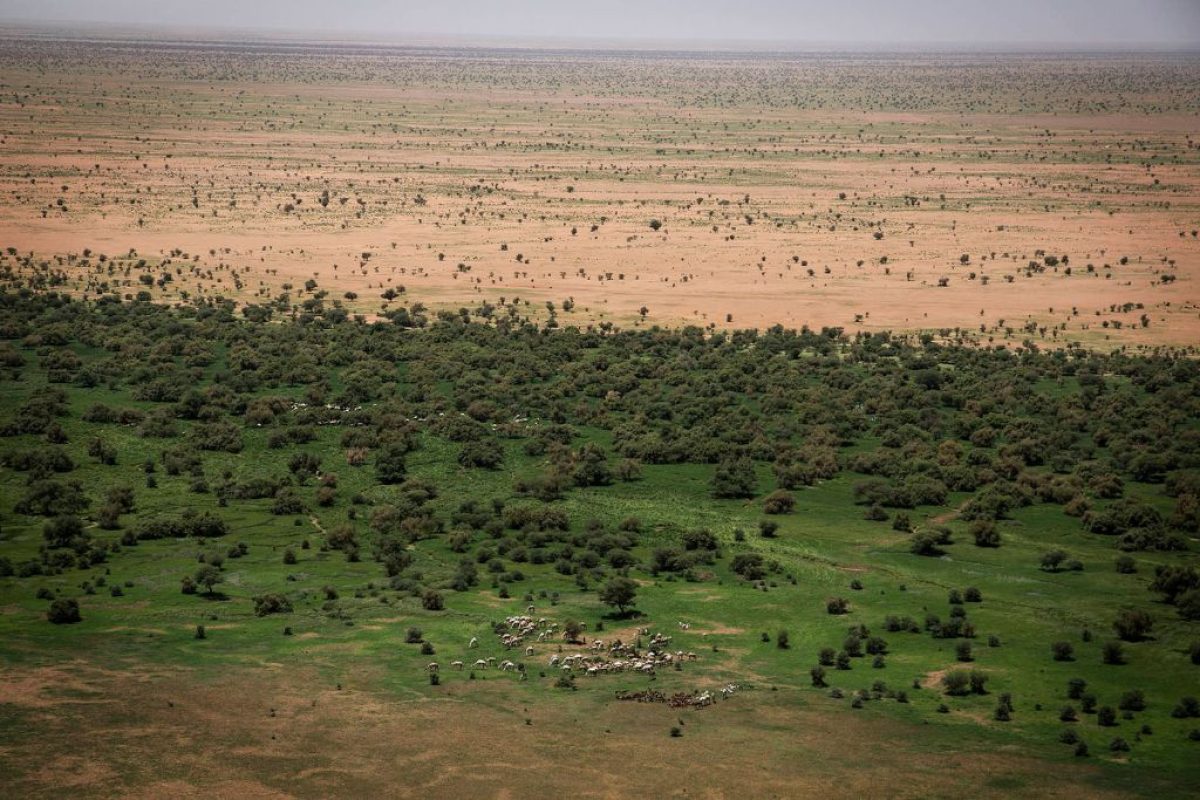
Ultimately, the fate of the Great Green Wall is dependent on if these reforms are implemented and the borderline nation's ability to come together in a time like this and stand together against the unforgivable, ever-advancing sands of the Sahara.
You may also like...
Why Graduates Are Not Getting Employed

Why are African graduates not getting employed? Explore the youth unemployment crisis and see what the real issue is ran...
Why Graduates Are Not Getting Employed

Why are African graduates not getting employed? Explore the youth unemployment crisis and see what the real issue is ran...
Flipping the Switch: How Mitchell Elegbe Changed African Finance Forever
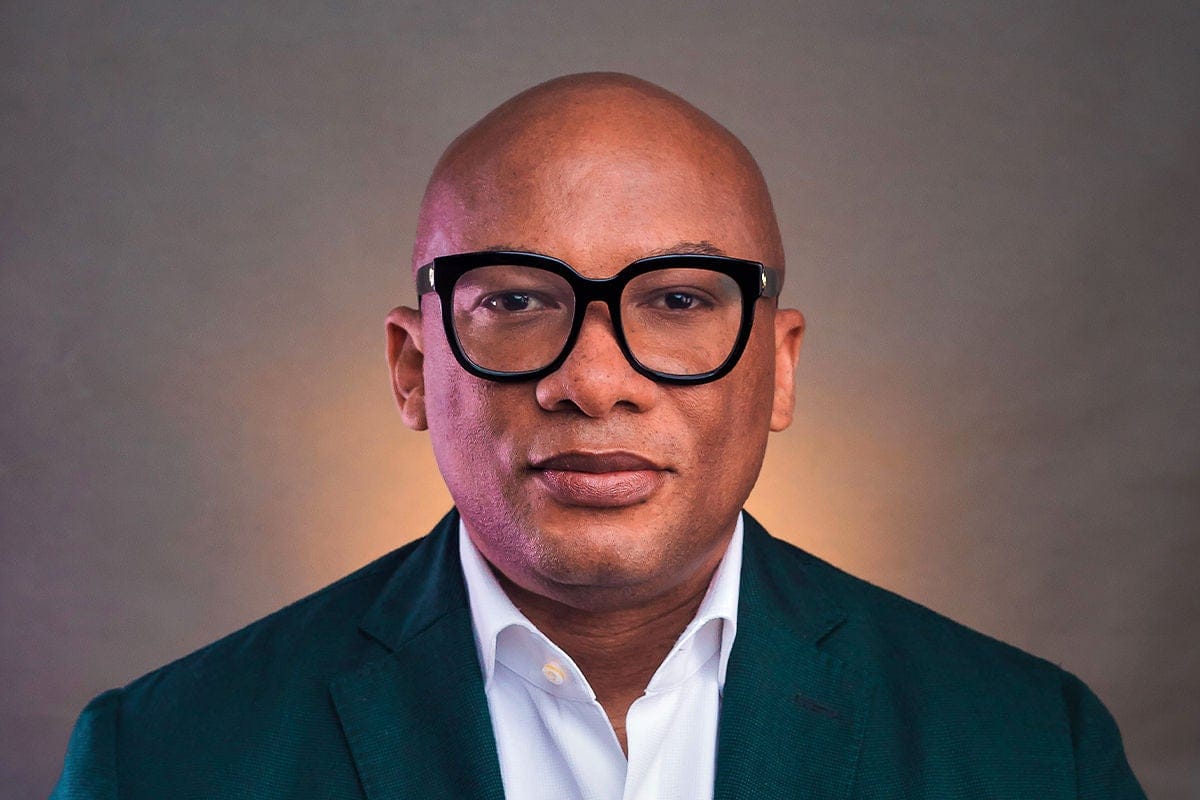
Meet Mitchell Elegbe, the man who flipped Africa’s financial system, turned ATMs into opportunity, and built a $1 billio...
Boxing Drama Erupts: Eubank Jr. & Benn Fathers Clash, Demons Surface for Rematch

The highly anticipated boxing rematch between Conor Benn and Chris Eubank Jr. is set amidst a backdrop of personal strug...
Iconic Reunion: Nicolas Cage and John Woo Team Up 28 Years After 'Face/Off' for New Thriller

John Woo and Nicolas Cage are reuniting for <em>Gambino</em>, a new crime biopic about mob boss Carlo Gambino, with Cage...
Latin Grammys 2025 Unleashes Star Power: CA7RIEL & Paco Amoroso's Glamour Meets Raphael's Thrills!

The 2025 Latin Grammy Awards celebrated top artists like Raphael, honored as Person of the Year, and showcased vibrant p...
A-Rod Faces Demons: HBO Special Confronts Baseball Legend's Infamous Scandal
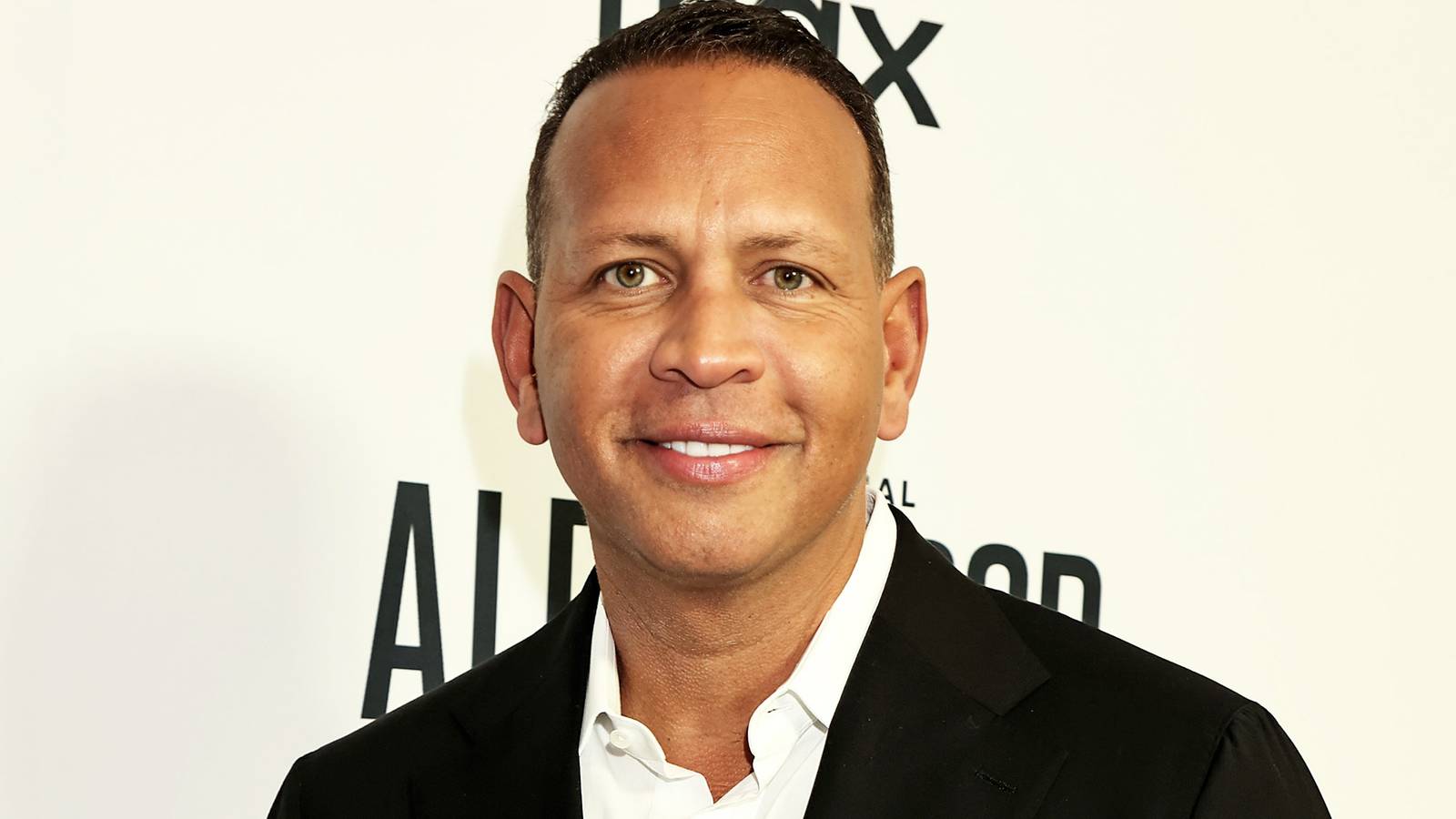
The HBO documentary "ALEX vs AROD" explores the complex journey of Alex Rodriguez, delving into his polarizing career fr...
Angola Unleashes €189M for Mavinga Airport, Fueling Border Region Boom

Angola has approved a €189 million investment for Mavinga International Airport in the Cuando Cubango province, aiming t...

